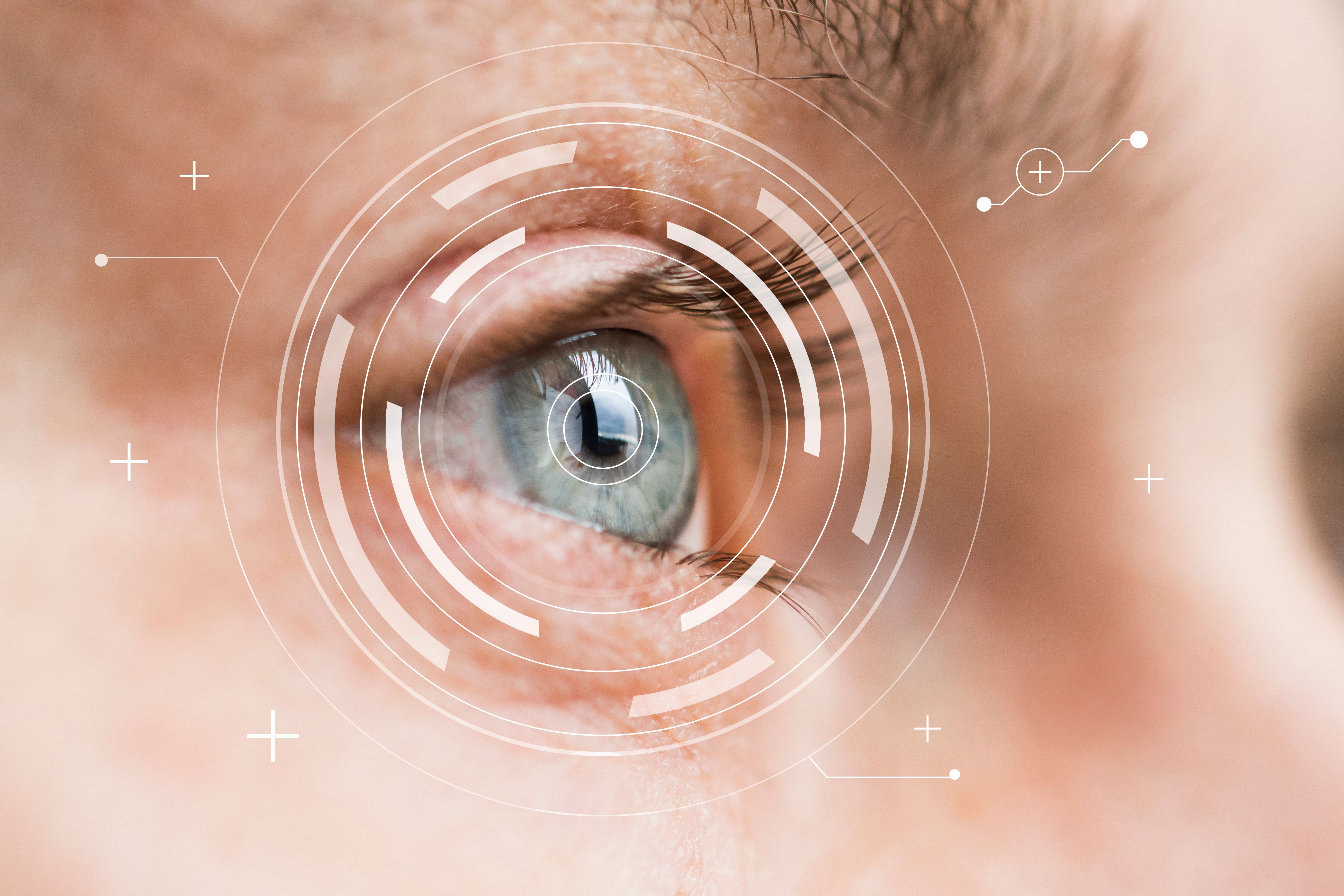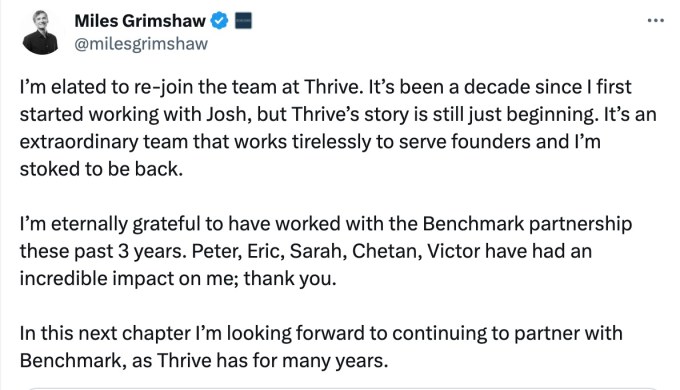
A recent study published in JAMA Network Open suggests that the use of continuous glucose monitoring (CGM) may lower the risk of diabetic retinopathy (DR) and proliferative diabetic retinopathy (PDR) in adults with type 1 diabetes (T1D). DR is a significant cause of irreversible blindness among the working-age population worldwide, and managing this complication is crucial for patients with T1D.
The study found that CGM use, either alone or in combination with an insulin pump, was linked to a reduced likelihood of developing DR and PDR in patients with T1D. Researchers attribute these positive outcomes to the ability of CGM to provide detailed insights into blood glucose fluctuations and glycemic variability, factors that are crucial in managing diabetes-related eye complications.
The research involved 550 adults with T1D who received care at the Johns Hopkins Endocrine and Diabetes Center and the Wilmer Eye Institute in Baltimore, Maryland, between 2013 and 2021. Participants had a median diabetes duration of 20 years and a median HbA1c level of 7.8%. The study revealed that CGM use, with or without an insulin pump, was associated with a significantly lower risk of developing DR and PDR.
The findings suggest that integrating CGM technology into the management of T1D may have a positive impact on preventing DR and its severe complications. Further research is needed to explore how specific CGM data, such as time-in-range and glycemic variability, can influence long-term outcomes in patients with T1D.
Overall, the study highlights the importance of leveraging diabetes technologies, like CGM, to improve outcomes for patients with T1D and reduce the burden of diabetes-related complications. The positive association between CGM use and a lower risk of DR development underscores the need for wider adoption of CGM technology in eye care assessments for individuals with T1D. Researchers urge for continued investigation into the potential benefits of CGM in managing diabetes and preventing vision loss due to DR.


